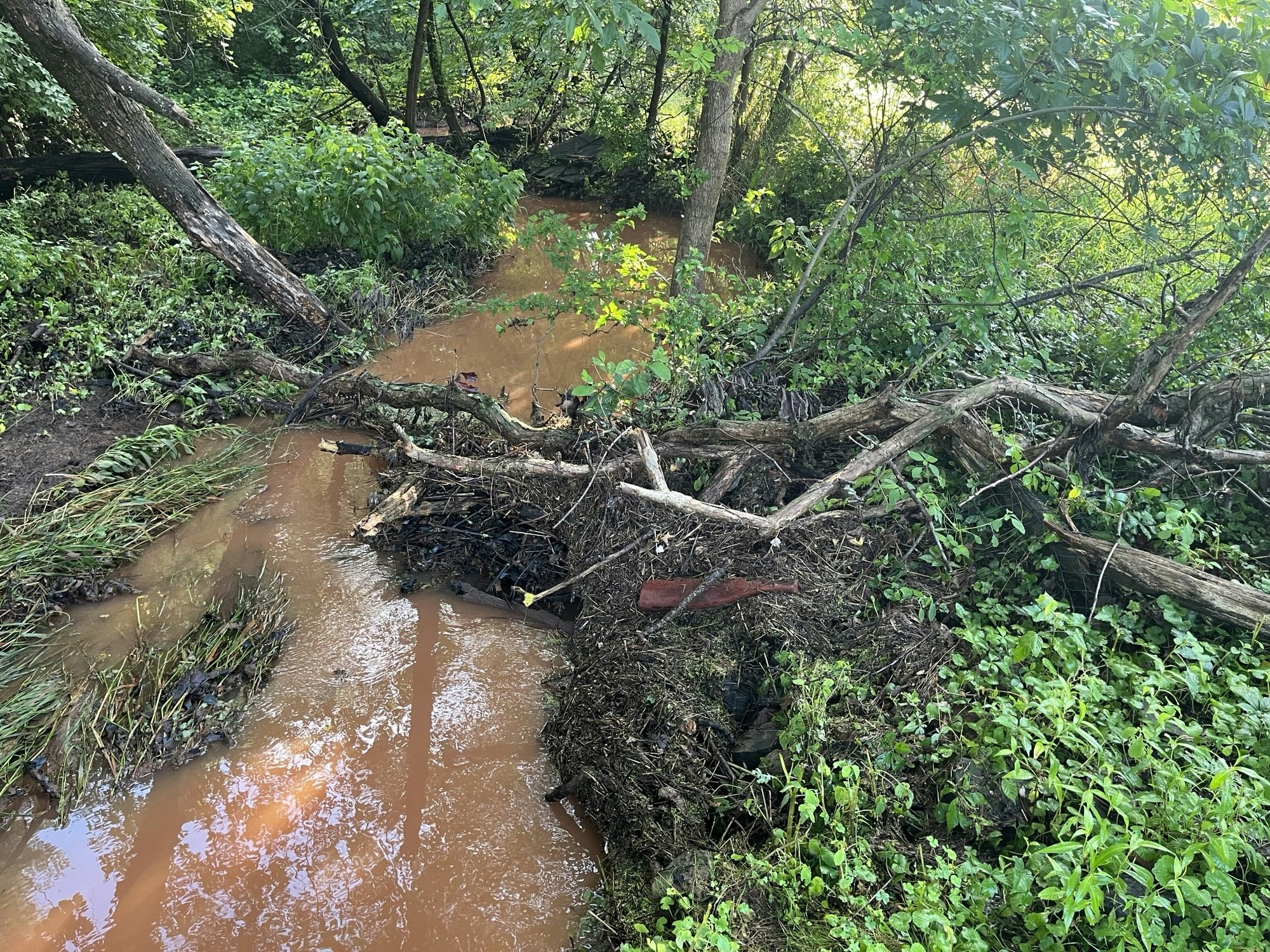Flash flooding crisis hits New York, New Jersey & Pennsylvania
- Written by
 Lauren Legate
Lauren Legate- Published
- July 18, 2025
Severe storms struck the mid‑Atlantic and Northeast on Monday night, July 14 into early Tuesday, unleashing flash flooding across parts of New York, New Jersey and southeastern Pennsylvania, causing two people to lose their lives.
In New York City, basement‑dwelling residents were urged to be ready to evacuate quickly as heavy rainfall—among the most intense hourly downpours since 1943, with more than 2 inches in as little as 30 minutes—triggered flash flood warnings throughout the five boroughs. Subway services were severely disrupted: the 1, 2 and 3 lines in Manhattan were suspended, and E, M and R trains in Queens suffered major delays. Dramatic footage captured platforms flooding as water streamed into stations, leaving passengers stranded on trains.
Westchester County, north of NYC, reported numerous rescues after vehicles became submerged along flooded parkways, prompting emergency responders to pull motorists from rapidly rising waters.
In New Jersey, Governor Phil Murphy declared a state of emergency, instructing residents to stay indoors and avoid unnecessary travel after storm totals reached 4–7 inches, with over six inches in some northern counties. Buses and cars were stalled in waist‑high water in towns like Scotch Plains, New Providence and North Plainfield.

At LaGuardia, JFK and Newark Liberty airports, flights were delayed or grounded as ground stops were issued due to thunderstorms—with nearly 1,200 to 2,000 flights canceled or delayed across the region.
Across Pennsylvania, flash flood warnings impacted places including Allentown, Philadelphia and Mount Joy. In Mount Joy, a disaster emergency was declared after more than 7 inches of rain fell in under five hours, flooding homes with over 5 feet of water and prompting 16 water rescues.
Authorities emphasized the dangers of driving in floodwaters, warning that just six inches of fast‑moving water can knock over an adult, and higher levels can sweep vehicles away. Throughout the region, flash flood watches and warnings extended into parts of Connecticut, Maryland, Virginia and beyond.
This regional crisis comes just less than two weeks after catastrophic flash floods in Texas, where more than 100 people lost their lives, highlighting a troubling trend toward increasingly frequent and deadly extreme rain events and the need for early warning systems.
The county issued a shelter-in-place order, something I’d only seen during hurricanes. Concrete Jersey barriers on Route 22 were shattered by the sheer force of the water, and a house exploded in North Plainfield. Water rushed toward my home faster than I could keep up with. It felt less like a storm and more like a disaster movie playing out in real life.